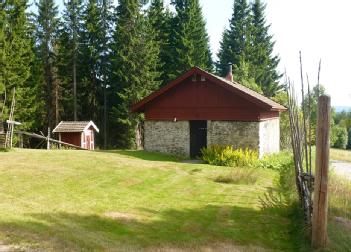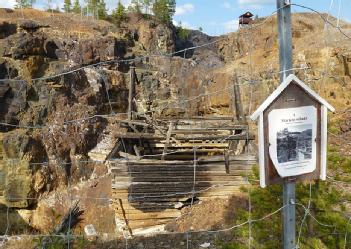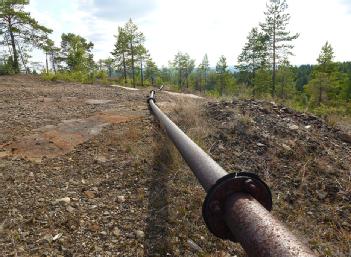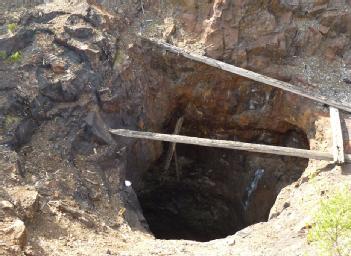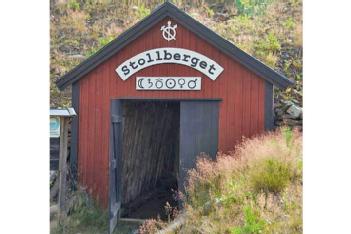
Stollbergs gruva |
77791 Norrbärke (Smedjebackens), Sweden (Dalarna) |
|
| Address |
|
| Floor area | unfortunately not known yet |
|
Opening times
|
Self-guided tour all. Well signposted. Well marked path. A watchtower from the top of the mine. Guided tours can be booked.
Området är fritt tiltgängligt för allmänheten. Även stollgångarna kan beses, men enbart med guide.
|
||||
|
Status from 11/2019
|
Free entry. | ||||
| Contact |
|
||||
| Homepage | ekomuseum.se/en/besoksmalen/stollbergs-gruva | ||||
| Location / Directions |
Stollberg's mining area or Stollberget (originally called Väster Silvberg) lies west of Lake Staren, about 9 kilometers northwest of Smedjebacken, in Norrbärke parish, in southern Dalarna. Eventually, the mining area covered a length of 10 kilometers with a central part of five kilometers. The area, which is now an ancient monument, lies in the middle of the cultivation landscape and extends from Schisshyttan in the north to Silvhyttan in the south. Nearby is Schisshyttan's hiking trail, which is also part of the Ekomuseum Bergslagen. |
|||
| Location / Directions (other) |
Stollbergs gruvområde eller Stollberget (ursprungligt namn Väster Silvberg) ligger väster om sjön Staren, cirka 9 kilometer nordväst om Smedjebacken, i Norrbärke socken, i södra Dalarna.
Så småningom omfattade gruvområdet en längd av 10 kilometer med en central del av fem kilometer. Området, som numera är ett fornminne ligger mitt i odlingslandskapet och sträcker sig från Schisshyttan i norr till Silvhyttan i syd. I närheten går numera Schisshyttans vandringsled som även den är en del av Ekomuseum Bergslagen. |
|||
| Description | Wikipedia: The Stollberg field was closed down on February 28, 1982 and is today part of the Ekomuseum Bergslagen. Some items such as locomotives, rails and wagons were donated to the Ludvika Mining Museum. Shafts and mines |
| Description (other) |
Wikipedia: Stollbergsfältet lades ner den 28 februari 1982 och är idag en del av Ekomuseum Bergslagen. En del föremål som lok, räls och vagnar donerades till Ludvika gruvmuseum. Kvar finns bland annat ett imponernade dagbrott, ett stort antal gruvhål, maskinhus, gruvstuga, ruiner efter gruvbebyggelse och en hyttruin med en silverslagghög samt en restaurerad ladugård i slaggsten från 1850-talet. Schakt och gruvor Bland större schakt- och gruvanläggningar märks: |
[dsp_museum_detail.cfm]
| Data Compliance | More Information |
